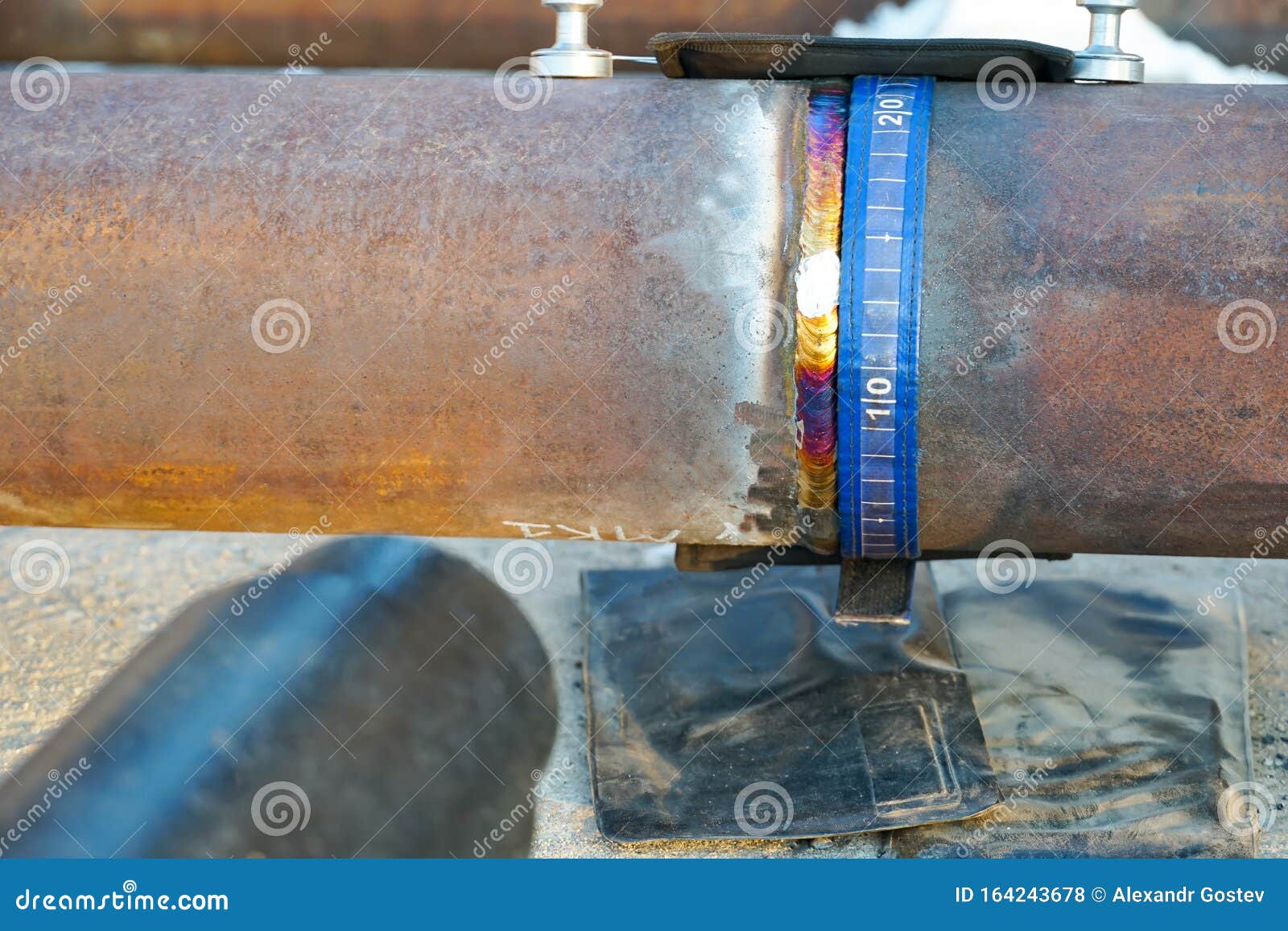Necessary Pipe Welding Inspection Tips for Quality Control
Just how can one ensure the top quality of these welds that link the pipe areas? By recognizing the important pipe welding inspection pointers, professionals can prevent potential dangers, decrease costly fixings, and support the dependability of these vital infrastructures.

Value of Welding Examination
Welding inspection plays a crucial role in ensuring the structural stability and security of pipe systems. By carefully taking a look at welds, examiners can recognize any type of defects or flaws that can jeopardize the stability of the pipeline. These examinations are necessary for protecting against leakages, tears, and various other possibly catastrophic failures that could lead to environmental damages, monetary losses, and also loss of life.
The value of welding evaluation can not be overstated, as the quality of welds straight affects the general performance and durability of the pipeline. With non-destructive screening techniques such as aesthetic inspection, ultrasonic screening, radiography, and magnetic bit screening, inspectors can detect defects that may not show up to the naked eye. By determining and attending to these issues at an early stage, welding evaluation aids to make certain that pipes satisfy market criteria and regulative demands.
Eventually, welding assessment is an important aspect of quality control in pipe repair, building and construction, and maintenance (Pipeline Welding Inspection). By supporting rigorous assessment requirements, industry professionals can reduce threats and maintain the safety and security and dependability of pipeline systems
Common Welding Problems
Amongst the challenges faced in pipeline welding, typical flaws can dramatically influence the structural integrity and performance of the bonded joints. Splits in the weld can propagate over time, jeopardizing the structural stability of the pipeline. Finding and resolving these usual issues via extensive evaluation and high quality control processes are important for ensuring the integrity and safety and security of pipe welds.
Examination Methods for Pipelines


Non-destructive screening (NDT) techniques such as radiographic testing, ultrasonic screening, magnetic fragment screening, and liquid penetrant testing are frequently used in pipe welding assessment. Visual inspection is also necessary in pipeline welding to recognize any noticeable problems or interruptions. Additionally, computerized examination methods using sophisticated modern technologies like robotics and drones are progressively being used to boost the effectiveness and precision of pipe evaluations.
Ensuring Quality Control Standards
To promote rigorous top quality assurance criteria in pipe building, thorough adherence to developed market protocols and standards is important. Quality control in welding processes calls for a detailed approach including various stages of pipeline construction. Ensuring the top quality of welds includes the use of certified welders, correct welding procedures, and adherence to market criteria such as those set by the American Petroleum Institute (API) and the American Society of Mechanical Designers (ASME) Assessment and testing play an important role in validating the honesty of welds, with techniques like non-destructive testing (NDT) being critical for identifying possible issues. Furthermore, maintaining in-depth documents throughout the welding process is vital for traceability and quality control functions. Executing a durable top quality monitoring system that includes routine audits and reviews can additionally improve the general quality control criteria in pipeline welding. By prioritizing adherence to these standards, stakeholders can guarantee the dependability and security of pipeline systems for the long-term.
Avoiding Expensive Repair Work
Provided the vital value of preserving rigorous why not check here top quality guarantee standards in pipe building, an aggressive technique to protecting against pricey repair services is vital. By executing comprehensive inspection methods throughout the welding procedure, prospective concerns can be recognized and fixed beforehand, eventually saving both money and time. One essential aspect of protecting against expensive repairs is making sure that welders are correctly educated and licensed, as this significantly decreases the chance of damaged welds that may lead to future failings. Additionally, using sophisticated examination strategies such as non-destructive screening can help detect any type of problems or variances in the welds prior to they intensify right into major issues. Routine maintenance checks and tracking of environmental aspects that might affect the integrity of the pipeline are also critical in avoiding pricey repairs. By purchasing preventative actions and prioritizing high quality guarantee at every phase of the pipe welding process, business can lessen the danger of pricey repairs and guarantee the lasting integrity of their infrastructure.
Verdict
To conclude, adherence to appropriate welding assessment methods is vital for guaranteeing the quality and honesty of pipes. By determining common welding defects and applying detailed examination processes, costly repairs can be prevented, and top quality guarantee standards can be fulfilled - Pipeline Welding Inspection. It is vital for pipeline welders to focus on examination procedures to maintain the safety and security and reliability of the framework they are working with
The importance of welding examination can not be this overstated, as the top quality of welds directly impacts the general performance and long life of the pipeline. Non-destructive screening (NDT) techniques such as radiographic screening, ultrasonic testing, magnetic fragment testing, and fluid penetrant testing are generally used in pipe welding assessment. Aesthetic assessment is likewise vital in pipeline welding to recognize any visible flaws or stoppages. Additionally, automated assessment strategies making use of advanced technologies site link like robotics and drones are progressively being employed to improve the performance and accuracy of pipeline examinations.In final thought, adherence to correct welding inspection methods is crucial for ensuring the quality and stability of pipes.